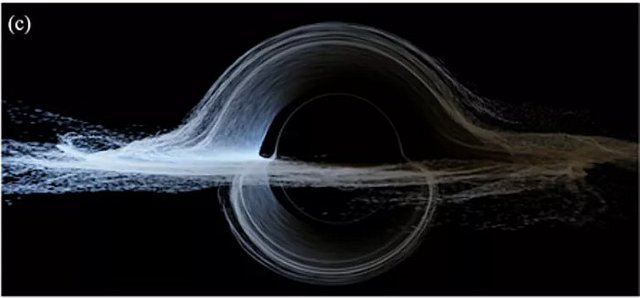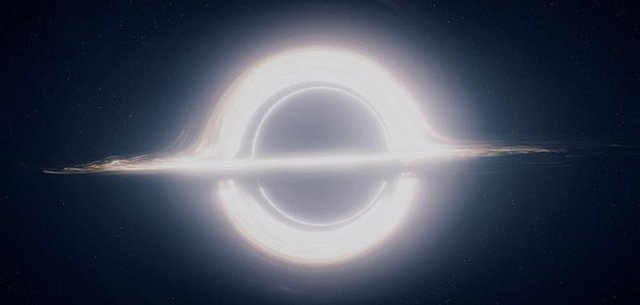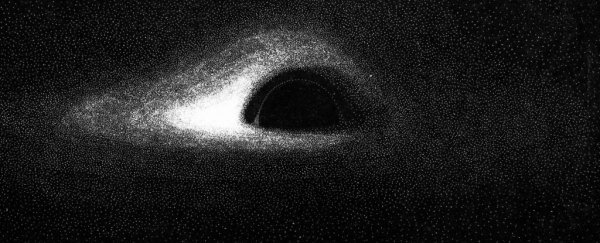We're About to See The First-Ever Photo of a Black Hole. Here's What It Might Be Like
 The year 2019 is here. With it, we've been promised a splendid moment in astronomy. For years, the Event Horizon Telescope has been working to bring us the first ever telescopic photograph of the event horizon of a black hole.
The year 2019 is here. With it, we've been promised a splendid moment in astronomy. For years, the Event Horizon Telescope has been working to bring us the first ever telescopic photograph of the event horizon of a black hole.
Indeed, for all their popularity in public imagination, we have never actually seen a black hole. And the reason for that is laughably simple.
Black holes, you see, are literally invisible. The pull of their gravity is so immense that, past a certain point, nothing escapes. This includes the electromagnetic radiation - such as X-rays, infrared, light and radio waves - that would allow us to detect the object directly.
That point of no return is called the event horizon, and apart from being a terrifying location you never want to find yourself in, it's also our key to actually visualising a black hole.
While we may not be able to see the black hole itself, there's a chance that its event horizon can be photographed; and we are tantalisingly close to seeing the results thanks to the Event Horizon Telescope (EHT), due for a public announcement any day now.
Update (5 April 2019): It seems that the day has arrived! On 10 April 2019, the team behind the EHT project and associated organisations are going to present results they describe as "groundbreaking", and we'll be covering the action live.
But long before the EHT, there was an astrophysicist named Jean-Pierre Luminet. All the way back in 1978, he already gave us what could be thought of as the ve
